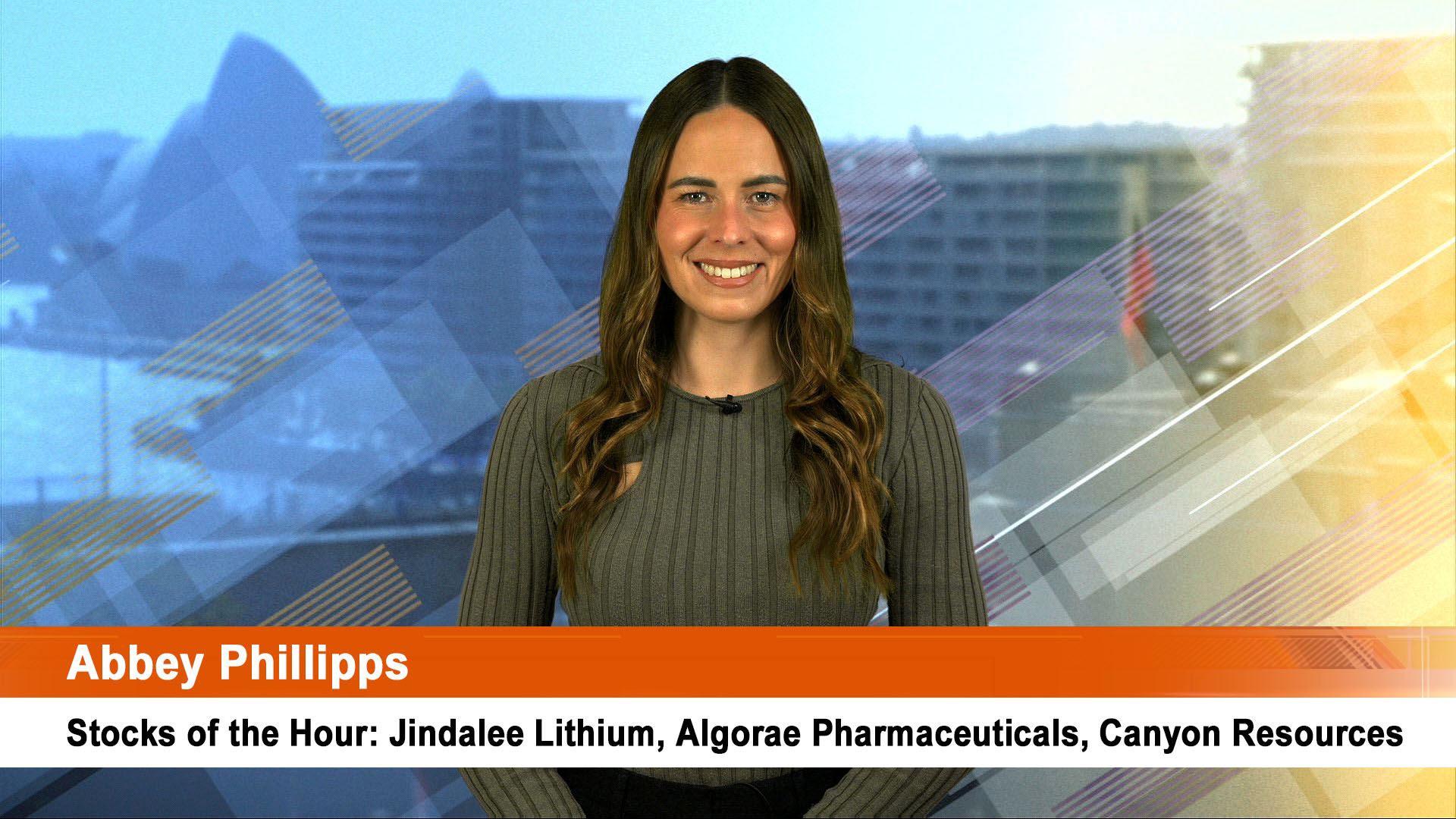As expected, the Reserve Bank left interest rates on hold yesterday and bowed to market pressure and left some guarded guidance on future possible rate movements – an omission from the May statement of Governor Glenn Stevens which saw the Aussie dollar race higher and top 81 cents in a surge of over-optimism.
The bank subsequently made clear in the minutes of the May board meeting that it was on hold and not ruling out possible rate cuts. By the time they were issued a fortnight after the May meeting, the Aussie dollar had peaked and was sliding as the US dollar started its May surge higher.
The dollar has now fallen to just under 76 US cents overnight Monday and traded around 76.70 yesterday after the bank’ statement was issued at 2.30pm. That’s because the optimists in the market reckon the bank is on hold so far as rate cuts are concerned.
But the stockmarket had a similar idea and the market fell by just on 100 points, or 1.8% as the market saw the RBA Governor’s statement as ruling out another rate cut.
That statement ended with this paragraph:
"Having eased monetary policy last month, the Board today judged that leaving the cash rate unchanged was appropriate at this meeting. Information on economic and financial conditions to be received over the period ahead will inform the Board’s assessment of the outlook and hence whether the current stance of policy will most effectively foster sustainable growth and inflation consistent with the target.”
So no more rate cuts for the moment – the bank is back to its usual watch, wait and see what happens in the economy.
According to the statement from Governor Glenn Stevens yesterday nothing much has changed in the local and international economies. Global growth remains modest with signs of improvement in Europe, but slowing in China (though Japan is picking up).
The US is on its way to a rate rise later this year, but global interest rates remain “remarkably low”, thanks to weak inflation.
And the local economy is seeing little change – regardless of the March quarter GDP figures to be issued at 11.30 this morning. Conditions remain weak, the economy growing well below trend and with pressure from falling investment.
"In Australia, the available information suggests the economy has continued to grow, but at a rate somewhat below its longer-term average. Household spending has improved, including a large rise in dwelling construction, and exports are rising.
"But a key drag on private demand is weakness in business capital expenditure in both the mining and non-mining sectors and this is likely to persist over the coming year. Public spending is also scheduled to be subdued.
"Overall, the economy is likely to be operating with a degree of spare capacity for some time yet. With very slow growth in labour costs, inflation is forecast to remain consistent with the target over the next one to two years, even with a lower exchange rate.
"In such circumstances, monetary policy needs to be accommodative. Low interest rates are acting to support borrowing and spending. Credit is recording moderate growth overall, with stronger lending to businesses and growth in lending to the housing market broadly steady over recent months. Dwelling prices continue to rise strongly in Sydney, though trends have been more varied in a number of other cities.
"The Bank is working with other regulators to assess and contain risks that may arise from the housing market. In other asset markets, prices for equities and commercial property have been supported by lower long-term interest rates.
"The Australian dollar has declined noticeably against a rising US dollar over the past year, though less so against a basket of currencies. Further depreciation seems both likely and necessary, particularly given the significant declines in key commodity prices,“ Governor Stevens said.













